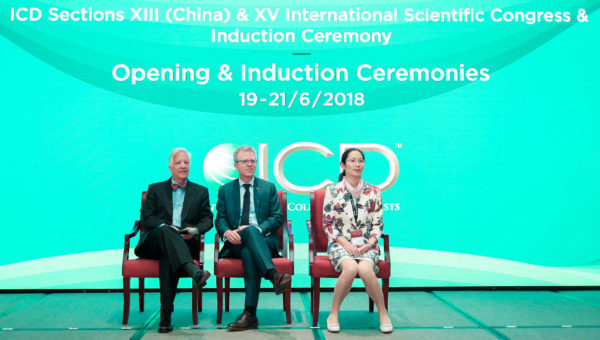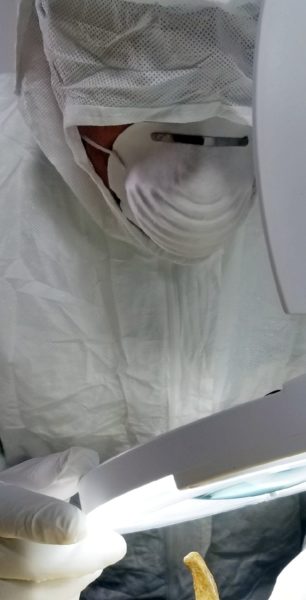The National Institutes of Science and Technology (NIST) will host a seminar titled “Analyses of Dental Remains from 1607 Jamestown, Virginia using Micro-CT Imaging, SEM-EDX/Raman Spectroscopy and Paleobotany” on Wednesday, May 31, 2017. NIST forensic scientists and other invited guests will attend.
Presenters: Barry Pass, DDS, PhD, Howard University; Martin D. Levin, DMD, University of Pennsylvania
Abstract: The first English settlement in North America was established in 1607, at Jamestown, VA. The first casualty in Jamestown was a 15 year old boy, the apparent victim of an Indian attack. His excavated remains show an arrow head at the thigh, broken left collarbone, and anterior mandible with Ellis Type III fracture of mandibular left central incisor, with significant periapical pathological bone resorption. The objectives of this multidisciplinary study are to elucidate the nature and chronology of odontogenic cause(s) of mandibular pathosis evident in 1225B skeletal remains, and analyze contents of fractured teeth root canals to assist assembling a corporeal and physiological history. This case presentation will impact the forensic and archeological communities by demonstrating how evidence-based science and technology can improve efficiency, quality, accuracy, reliability, and functional excellence in forensic sciences.
Bios: Dr. Barry Pass is presently Professor of Oral Diagnosis and Radiology in the Howard University College of Dentistry and Graduate Professor in the Department of Physics and Astronomy. He has a PhD in physics, a DDS, completed post-graduate training in oral and maxillofacial radiology, and maintains a referral practice in that dental specialty. His past research interests were centered on using electron spin resonance in dental enamel for human radiation dosimetry of unintended exposures to ionizing radiation. Cohorts that he has studied include military participants of atomic weapons testing during and after WWII and victims of the Chernobyl nuclear disaster. Dr. Pass also maintains research interests in dental diagnostic imaging and is currently involved in forensic radiographic and spectroscopic studies of skeletal remains from the 1607 Jamestown Fort in Virginia.
Dr. Martin Levin is in private practice limited to endodontics in Chevy Chase, Maryland. He is Adjunct Professor of Endodontics and Chair of the Dean’s Council at the University of Pennsylvania. He has served as Co-Chair of the Joint Special Committee on the Use of Cone Beam Computed Tomography, American Association of Endodontists and the American Academy of Oral and Maxillofacial Radiology. Dr. Levin is currently appointed to the AAE’s Special Committee to Develop an Outcomes Consensus Conference. He is a contributor to Pathways of the Pulp, and Ingle’s Endodontics, as well as the author of numerous book chapters and peer-reviewed articles. Dr. Levin earned his degree in dental medicine and completed his endodontic training at the University of Pennsylvania. He is a Diplomate of the American Board of Endodontics.







